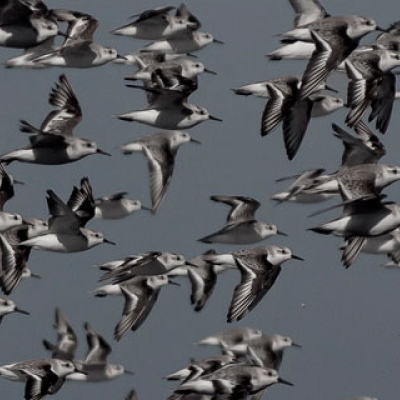Washington State’s old-growth rainforests are among the richest communities on earth. These ancient forests support astonishing biodiversity due to their high moisture, nutritious soil, and architecture. The Douglas-fir, a formidable tree giant that can live over 1,000 years, embodies these forests’ physical characteristics. Its 500-foot-tall, multilayered canopy, thick trunk, and enormous volume (called “biomass”), whether living or dead, provides home for many species.










